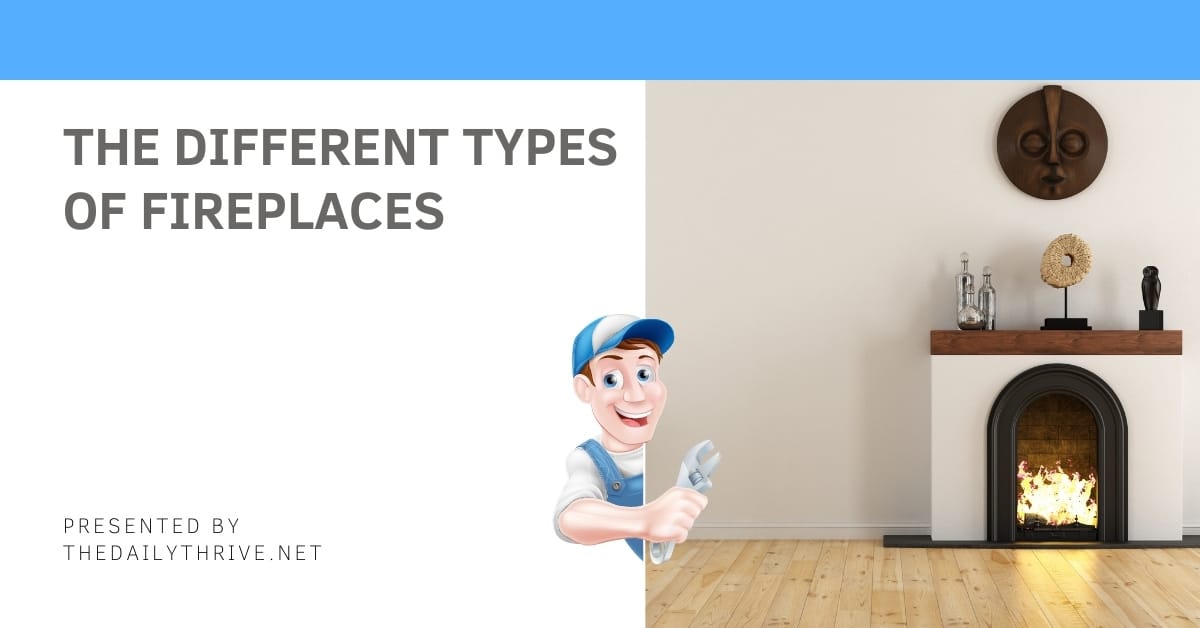Fireplaces have been used historically for heating homes and preparing food. Today, fireplaces are primarily recreational. Most types of fireplaces take more heat away from home than they provide, and, in this sense, they are truly a luxury item.
Fireplaces provide radiant heat into a room but use the warmed house air for combustion. The air that goes up the chimney typically represents more heat loss than the radiant heat gain from the flames.
A roaring fire can draw 300 to fou400 cubic feet of air out of a house every minute. Heating elements, glass doors and outside combustion air intakes all work to reduce heat loss.
There are many types of fireplaces, each with its own advantages. It is impossible to predict which fireplaces will draw well and which will be problems. Some draw well most of the time but are troublesome under certain wind conditions.
As a rule of thumb to achieve a good draw is that the chimney flue area should be 1/12 the size of the fireplace opening. Where the top of the chimney is less than 15 feet above the hearth, this is often adjusted to 1/10.
Fire safety is a much greater concern than the quality of draw. Fireplace and chimney systems may be unsafe because of poor construction or installation, building settlement, improper usage or poor maintenance.
Many safety-related items are not visible. There is a reason for doubt, it is best to engage a fireplace specialist. In any case, fireplace and chimney systems should be inspected and cleaned at least annually.
Zero-Clearance Fireplaces
Zero clearance fireplaces have been popular since the 1970s. These are insulated metal units that are very light compared to masonry fireplaces. They can be located almost anywhere in a house since a special foundation is not required.
Despite the name, care must be taken during installation to ensure appropriate clearances from combustibles, as recommended by the manufacturer.
These fireplaces are typically connected to metal chimneys specially designed for this use. A safe installation needs a good connection between the fireplace and chimney, a good connection of the chimney sections, and a proper extension of the chimney above the roof. The system should be well-secured, and combustible clearances for the chimney should be maintained.
Zero clearance fireplaces have a damper but usually have no smoke shelf. Many include a built-in heating system, and some are approved for use with glass doors. Only the glass doors stipulated by the manufacturer may be used.
Whether the fireplace is masonry or metal, it is impossible to conduct a complete inspection visually. Some faith must be placed in the manufacturer and installer. Manufactured units which have been approved by the appropriate authorities provide some assurance and, under the best circumstances, the installation is inspected before it is closed in.
Gas Fireplaces
Many fireplaces installed in the late 19th and early 20th century were designed for use with natural or manufactured gas. These systems typically employ a very small firebox and often have decorative marble, cast iron or ceramic borders around the fireplace opening.
These types of fireplaces are generally not suitable for conversion to wood-burning fireplaces without major improvements.
New natural gas fireplaces are also available, some of which do not even require a chimney. A natural gas fireplace can sometimes be installed in a masonry fireplace. In some cases, a chimney liner may be necessary. A natural gas fireplace cannot be used for burning wood.
Coal-Burning Fireplaces
Coal-burning fireplaces were common in the late 1800s and early 1900s. They typically employed cast-iron grates with a pull-out drawer in the bottom to remove the ashes. Most units had two dampers, and the firebox was both narrow and shallow. Some units had slotted, heavy, cast iron covers available to put over the entire opening.
These fireplaces are often used for burning wood, although most specialists recommend that this not be done without a careful examination of the fireplace and chimney system. Because these units are very small, they are not suitable for most wood fires.
The coal-burning system usually included an insert that had to be removed to perform a proper examination. This is beyond the scope of a visual home inspection. These fireplaces are invariably old and should always be inspected by a specialist prior to using them, even for burning coal.
Fireplace Inserts
Many conventional masonry fireplaces have a metal insert added in an effort to increase energy efficiency. These usually include a door on the front and operate much like a wood stove.
The units are more energy-efficient than open fireplaces and, if properly installed, can be quite satisfactory. Many difficulties have been experienced, however, with poor connections between the insert and the original chimney.
Very often, the damper on the original chimney has to be removed or permanently opened to install the insert. None of the original masonries of the fireplace may be removed when installing an insert. Fireplace insert is not allowed in zero-clearance fireplaces.
Once the insert is installed, it is very difficult to perform a good inspection or clean the chimney properly. Many experts recommend that the insert be removed annually for cleaning, although this is not an easy job.

